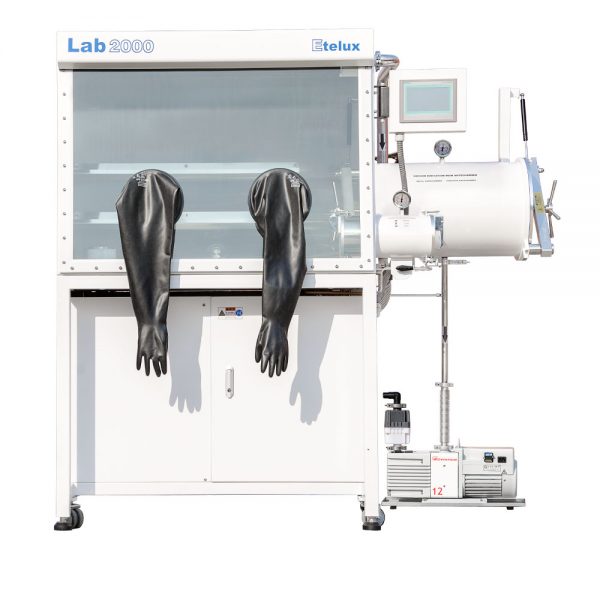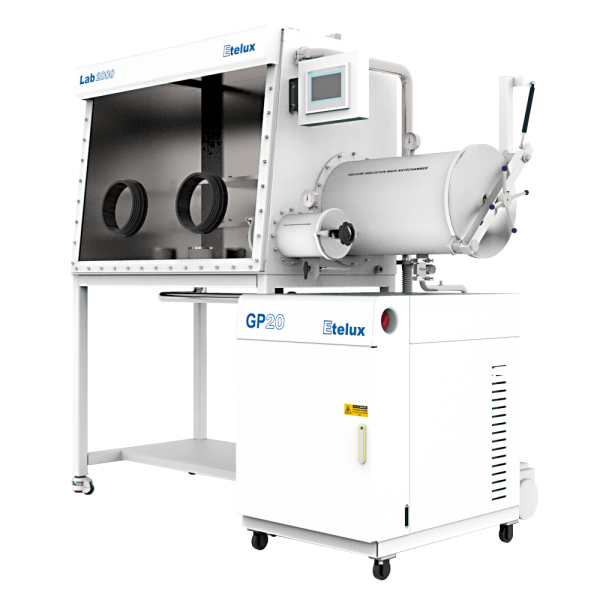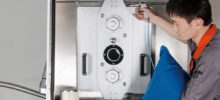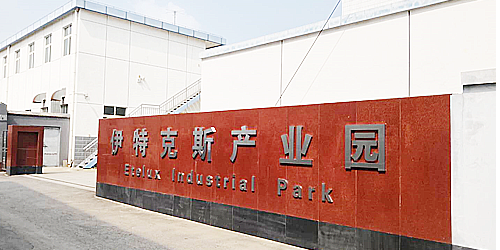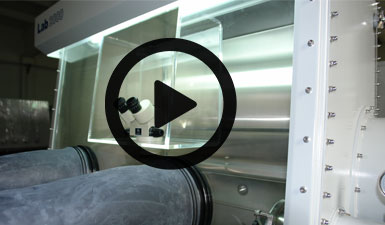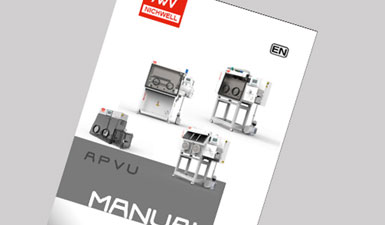For daily scientific experiments, the safe environment provided by the glove box is particularly important; it provides important protection through recycling, purification, and regeneration; then as a protective equipment for experiments, in addition to understanding its use methods, how to proceed Daily maintenance is also very important. Today I will explain the daily protection of the glove box:
- Before and after each work, first clean the environment to make the ground dry and clean. Then clean the equipment, including the inner and outer surfaces of the glove box, the observation system, and the work surface to be free of debris and clean.
- Carefully record the water and oxygen content of the glove box and the gas consumption of the equipment every day to avoid insufficient gas pressure, which will cause the equipment to stop running.
- Pay attention to the gas volume in the working gas cylinder at any time and replace it in time.
- In case of power failure, press the “Vacuum Pump” button on the panel to run the vacuum pump after power on.
- Note: After power on, if there is a problem that cannot be started, one possibility is that the vacuum pump power cord is loosely connected, and the second reason is that the vacuum pump itself is not turned on.
- When placing the sample in the glove box, try to use a small transition compartment. Before opening the transition compartment door, pay attention to whether the pointer of the pressure gauge on the valve cavity is at the zero position. If yes, you can open it directly; if not, you need to first turn the switch under the valve cavity to the “filling” position, so that the gas enters the glove box transition compartment, and then turn the switch back to the middle position, then you can open the transition compartment Put the sample in the door, and then close the hatch. When placing the sample, be careful not to touch the inner wall of the transition chamber with your hands. Please wear gloves to pick and place the sample.
- Before taking out the sample placed in the transition chamber from the glove box, you must first turn the switch on the transition chamber to the “vacuum” position to extract the air in the chamber, and then transfer it to “fill” to make a dry and clean gas Enter the transition compartment from the glove box, and after repeating one or two times, you can open the transition compartment door from the glove box and take out the sample.
- When using the equipment, it is forbidden to wear watches, rings and other things that may pierce the gloves. If you use sharp objects, you must pay special attention to avoid piercing the gloves. If your nails are too long, there is a chance of piercing the gloves.
- Check the oil level of the vacuum pump every week in the glove box. Pay attention to adding it when it is less than two-thirds. In order to ensure the operation of the vacuum pump and prolong the service life of the vacuum pump, it is recommended to replace the vacuum pump oil every six months.
- Clean the outside of the cabinet and glass with common detergents (corrosive detergents are prohibited); use a soft lint-free cloth; if possible, use a vacuum cleaner with a brush or a sticky paper roller.
- Check whether the gloves are damaged, especially on the fingers. Please wear cloth gloves when working to avoid moisture in the gloves. In addition, after finishing the work, please point the 5 finger cots on each glove outwards to prevent the finger cots from sticking to the sweat for a long time. Note: If the gloves are found to be damaged, they must be replaced immediately, and any repairs to the gloves are prohibited.
- Check whether the sealing ring of the transition chamber is damaged, and the damaged sealing ring should be replaced in time. If the transitional hatch is difficult to open or close, if it is a mechanical problem, please consult us and solve it. If there is a problem with the sealing strip, you can apply less grease or lubricating oil and try it.
- The accessories are carried out according to the maintenance instructions of the accessories, for example: vacuum pump. Follow the third-party maintenance instructions
Glove box gloves, also called operating box gloves, are a kind of operating equipment that works when high-purity inert gas is filled into the box, such as isolation box gloves, inert gas protection box gloves, dry box gloves, etc. It is widely used in ultra-pure environments without water, oxygen and dust, such as: lithium ion batteries and materials, semiconductors, super capacitors, special lamps, laser welding, brazing, medicine, sterile food production lines, etc.
Pay attention to the following points when using glove box gloves: - Select the gloves suitable for different workplaces according to the above table. The size of the glove should be appropriate. If the glove is too tight, it will restrict blood flow, which will easily cause fatigue and uncomfortable; if it is too loose, it will be inflexible to use and will easily fall off.
- The selected gloves should have adequate protection. For example, in the environment where steel wire cut-resistant gloves should be used, synthetic yarn cut-resistant gloves cannot be used. To ensure its protective function, it is necessary to change gloves regularly. If the expiration date is exceeded, hands or skin may be injured.
- Check the gloves at any time to check whether there are small holes or damaged or abraded places, especially finger joints. For glove box gloves, the inflation method can be used for inspection.
- Pay attention to the use of gloves. If a pair of gloves are used in different places, the service life of the gloves may be greatly reduced.
- Pay attention to safety during use, and don’t throw away contaminated gloves arbitrarily to avoid harm to others. Gloves that are not in use should be kept in a safe place.
how does a glovebox stop air from entering into it?
Glove box catalyst replacement
MBRAUN glovebox catalyst change
Glove box pressure

